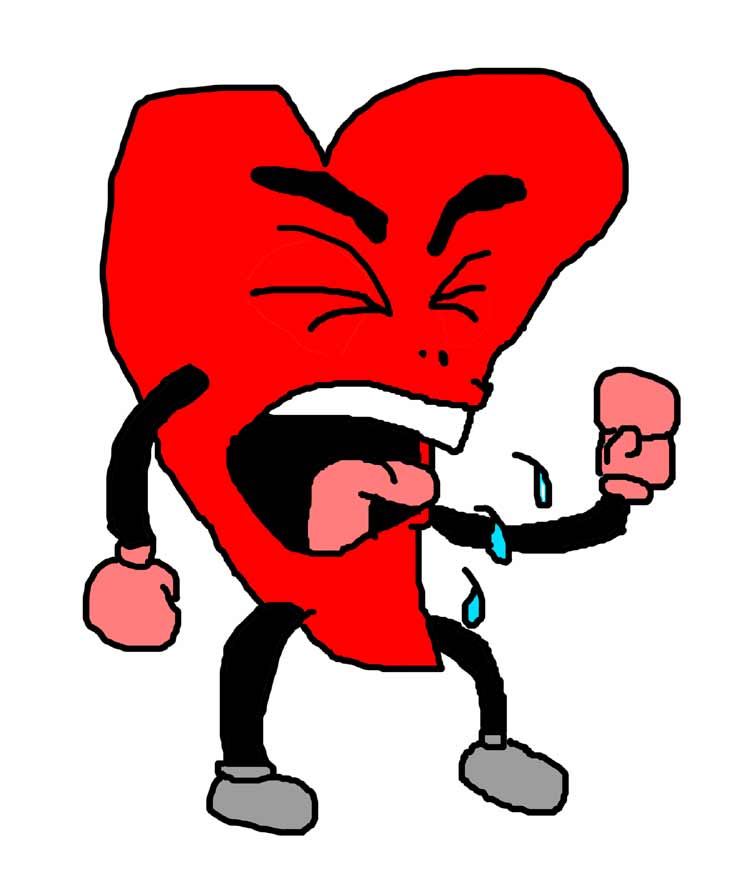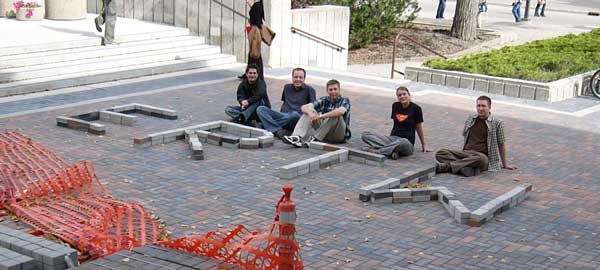Danger, Will Robinson!
9 August 2006 @ 7:15 pmA group of students (Pegasus Aircraft Group) from York University wants to build the next generation of short-haul jetliner, beating Airbus and Boeing to the punch, through the efforts of approximately 10,000 undergraduates from across Canada.
This plane is supposed to include:
- Full composite airframe and fuselage
- Narrower wingspan than either the B737 or the A320
- Engines designed in-house featuring hydrogen peroxide oxidizing agent
- Fly-by-wire avionics system
What’s the catch? You have to pay $100 for the “privilege” of becoming a contractor, after which you receive one share and $50 back at the end of the year. If you wish to participate for another year, it’s another $100, and the process repeats.
I hate to rain on peoples’ parades, but I wouldn’t go near this one, either as an investor or a student. Unfortunately it was mailed out to many of the Engineering schools across Canada — I hope people aren’t too gullible.


